Tesla’s long-awaited Robotaxi has officially been unveiled, marking a significant milestone in the realm of autonomous transportation. This innovative vehicle is designed to operate without human intervention, aligning with Elon Musk’s vision of a future where owners can utilize their cars as part-time taxis. Here’s a comprehensive look at the launch, features, and implications of the Robotaxi following its recent reveal.
Table of Contents
The Launch Event
On October 10, 2024, Tesla held the much-anticipated “We, Robot” event at Warner Bros. Studios in Burbank, California. The event showcased the Robotaxi’s capabilities in a controlled environment, allowing for a demonstration of its autonomous driving features without the unpredictability of public roads. Elon Musk entered a sleek silver Robotaxi with butterfly doors and took it for a ride around the studio lot before addressing the audience.
Originally slated for an August reveal, the launch was postponed to allow for important design changes and further testing. The event attracted significant attention, with live streams drawing over two million viewers.
Key Features of the Robotaxi
Design and Configuration
The Robotaxi boasts a futuristic design characterized by butterfly doors that open upwards and accommodates only two passengers. This unique configuration enhances aesthetics while maximizing space for an autonomous experience.
Autonomous Capabilities
Classified as a Level 5 autonomous vehicle, the Robotaxi can operate without any human intervention. Unlike many competitors that rely on lidar and radar, Tesla employs a camera-only approach through its advanced Tesla Vision system. This strategy simplifies the vehicle’s design but poses challenges in various driving conditions, such as wet roads and direct sunlight.
The Tesla Network
One of the most exciting aspects of the Robotaxi is its integration into the proposed Tesla Network. This system allows owners to add their vehicles to a ride-hailing service when not in use, creating a fleet of autonomous taxis that can generate income for their owners. This vision aims to revolutionize urban transportation by providing an efficient and cost-effective alternative to traditional taxi services.
Challenges Ahead
While the Robotaxi represents a significant advancement in autonomous vehicle technology, several challenges remain:
Regulatory Approval
Before launching on public roads, Tesla must navigate complex regulatory landscapes to ensure compliance with safety standards. The absence of traditional controls like steering wheels and pedals complicates this process.
Market Competition
Tesla faces stiff competition from established players like Waymo and Cruise, which have already developed operational autonomous taxi services. These companies have accumulated extensive real-world testing data, putting pressure on Tesla to demonstrate its capabilities quickly.
Safety Concerns
Existing driver-assist features have come under scrutiny due to safety incidents involving Autopilot and Full Self-Driving (FSD) systems. Regulatory bodies are investigating these systems following reports of crashes, raising questions about the safety of fully autonomous operations.
Future Implications
The successful rollout of the Robotaxi could redefine not only Tesla’s business model but also the entire transportation industry. As the company shifts its focus from merely manufacturing electric vehicles to developing advanced AI and robotics technologies, the implications for urban mobility are profound.
Musk has emphasized that achieving full autonomy is crucial for Tesla’s future success. The Robotaxi could serve as a catalyst for widespread adoption of autonomous vehicles, paving the way for smarter cities and more efficient transportation networks.
Gallery
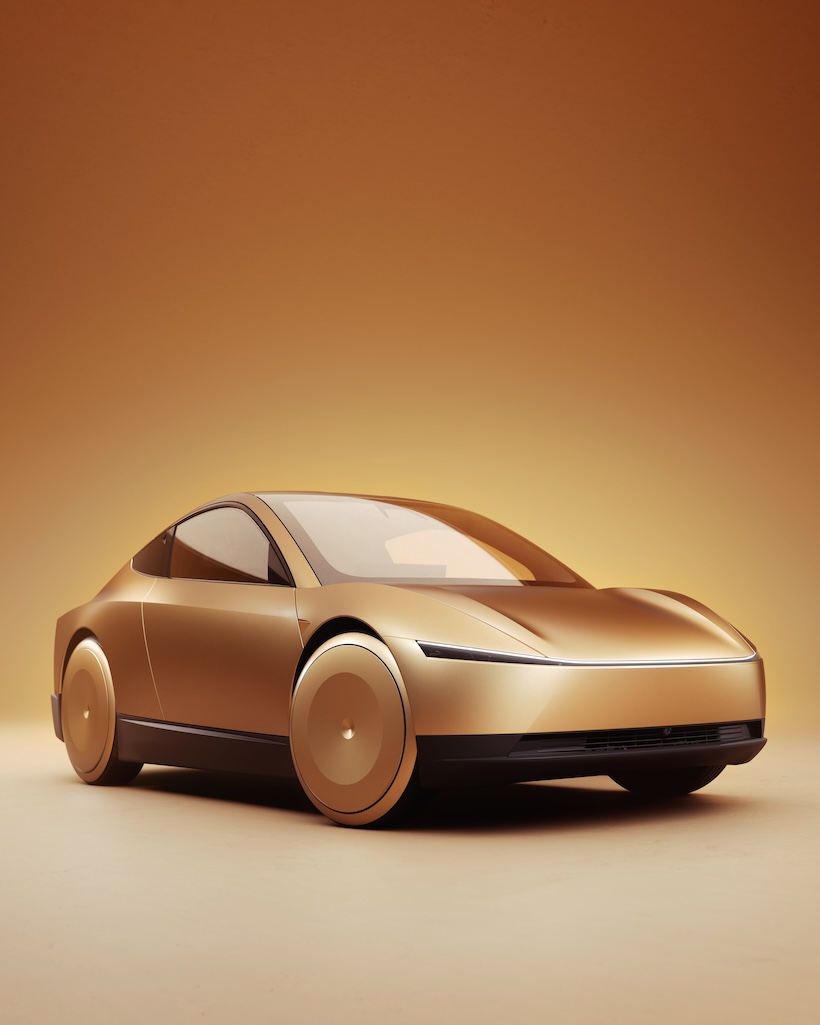
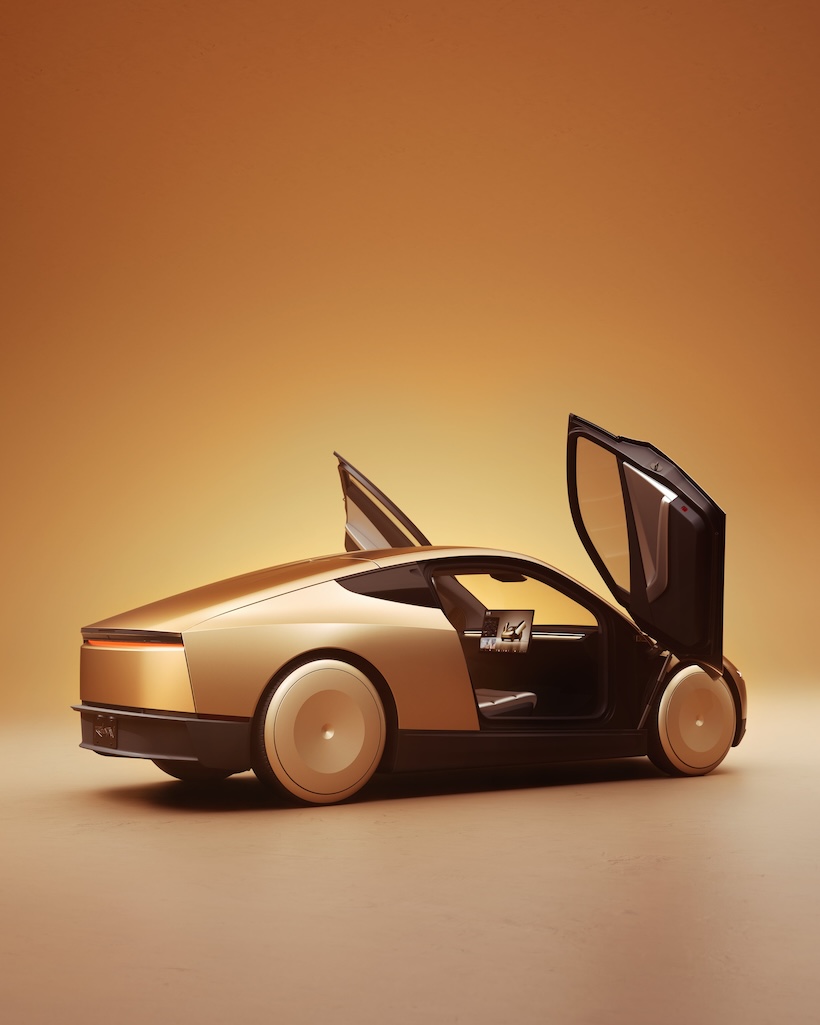
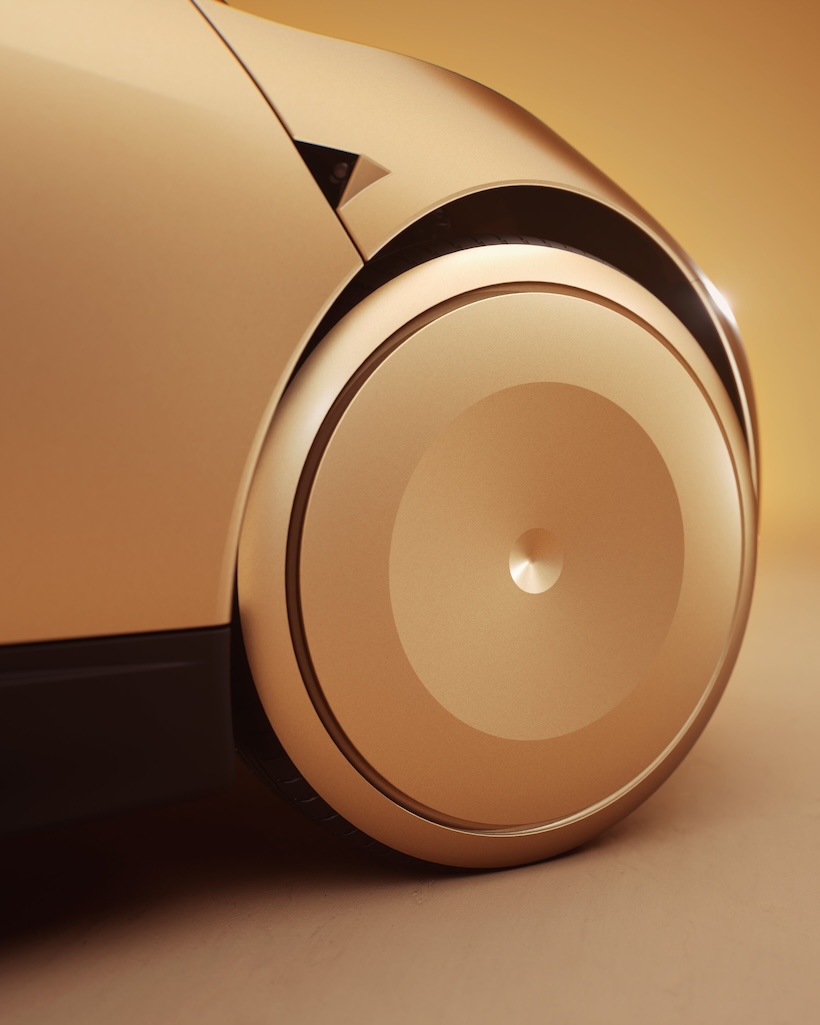
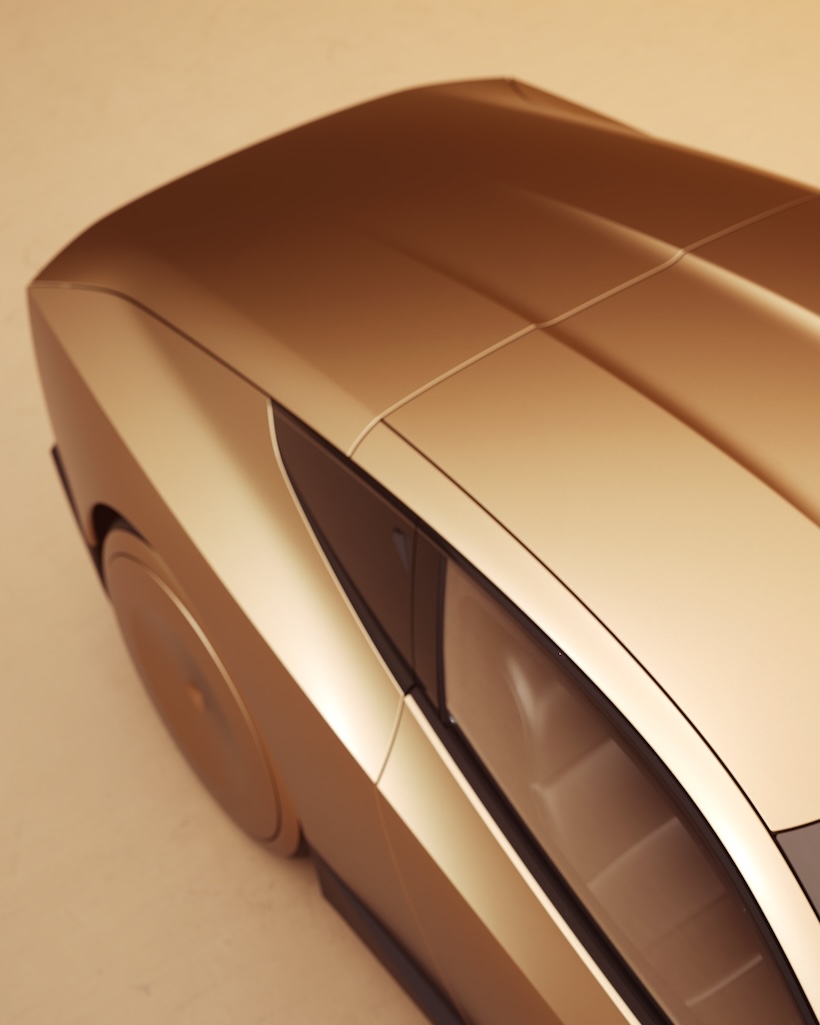
Final Thoughts
Tesla’s Robotaxi is more than just a new vehicle; it’s a bold step into the future of transportation. With its innovative design and ambitious vision for an autonomous ride-hailing network, it has the potential to transform how we think about mobility. While challenges lie ahead in terms of regulation and competition, Musk’s track record suggests that Tesla may very well overcome these hurdles. As we look ahead, the Robotaxi could be at the forefront of a transportation revolution that redefines our cities and daily commutes.
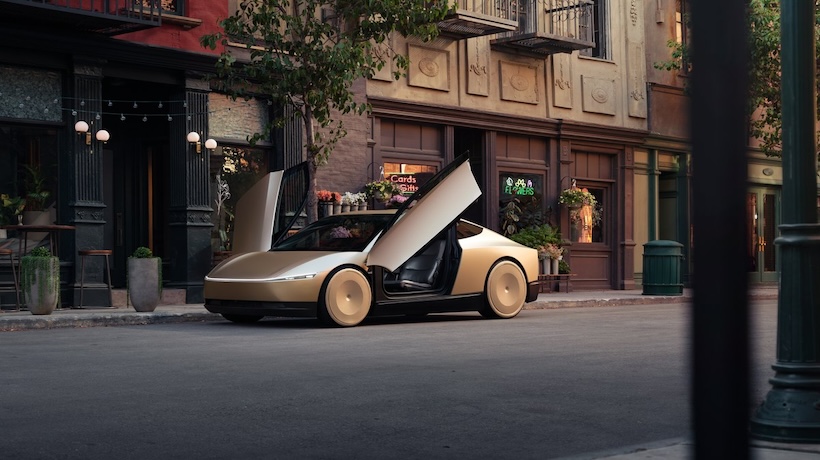




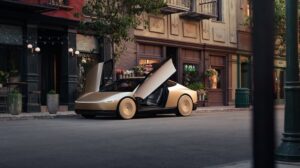






Post Comment